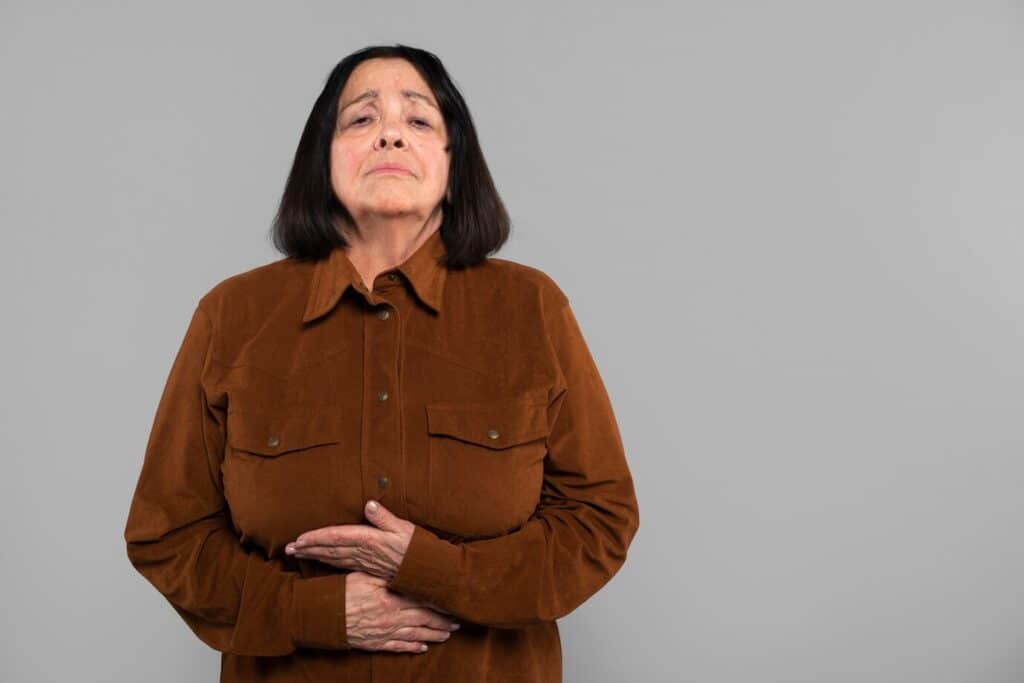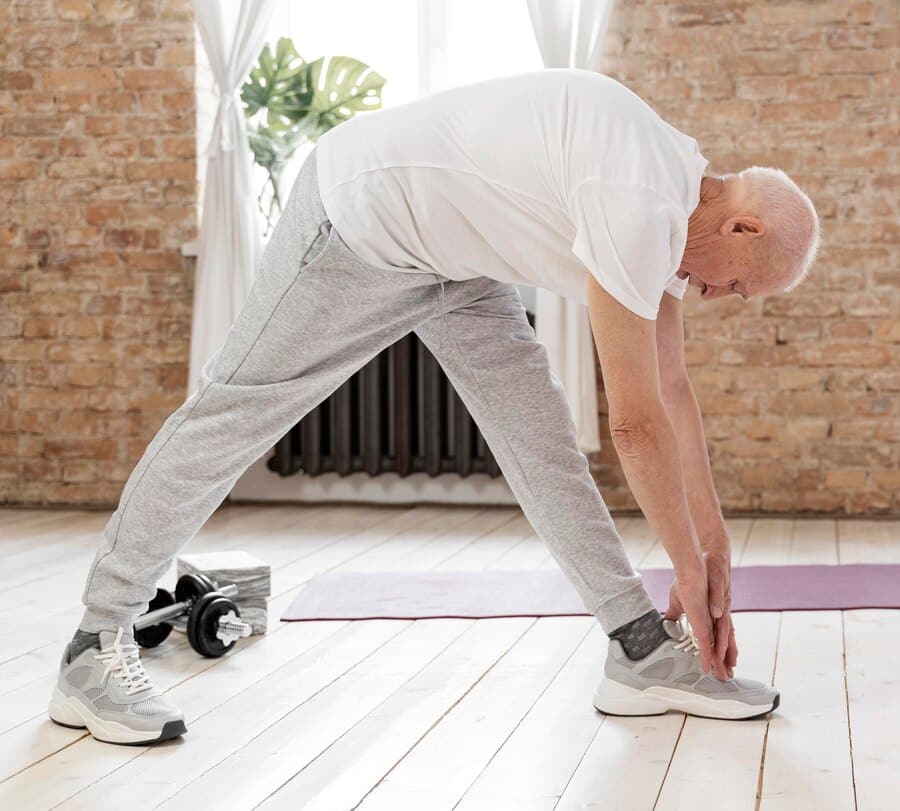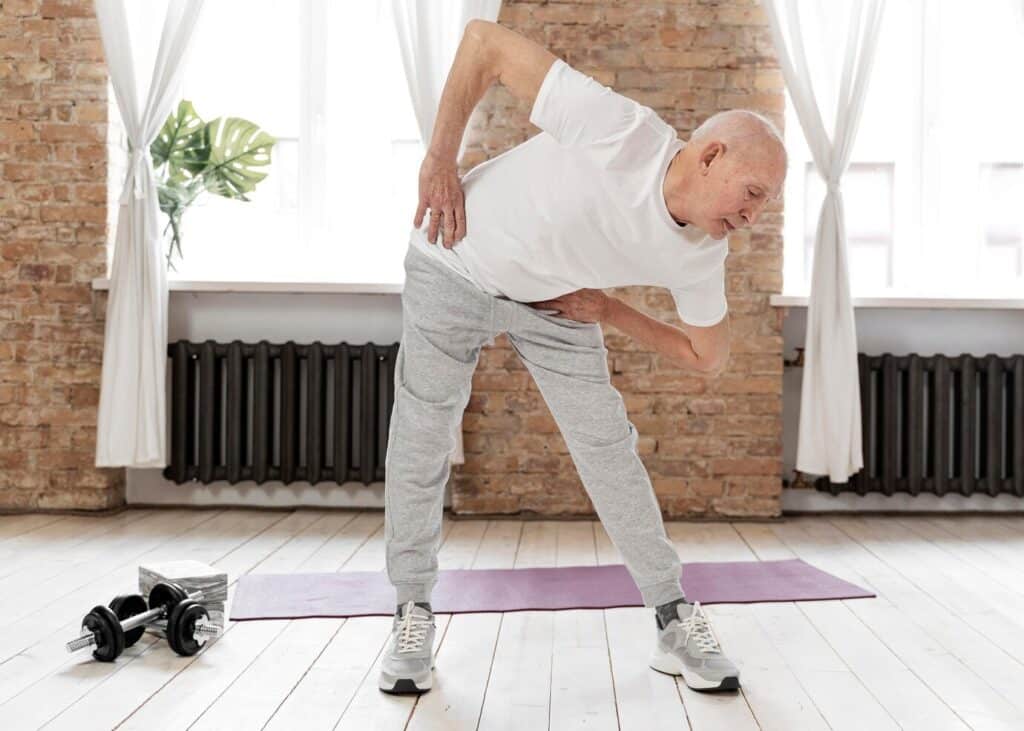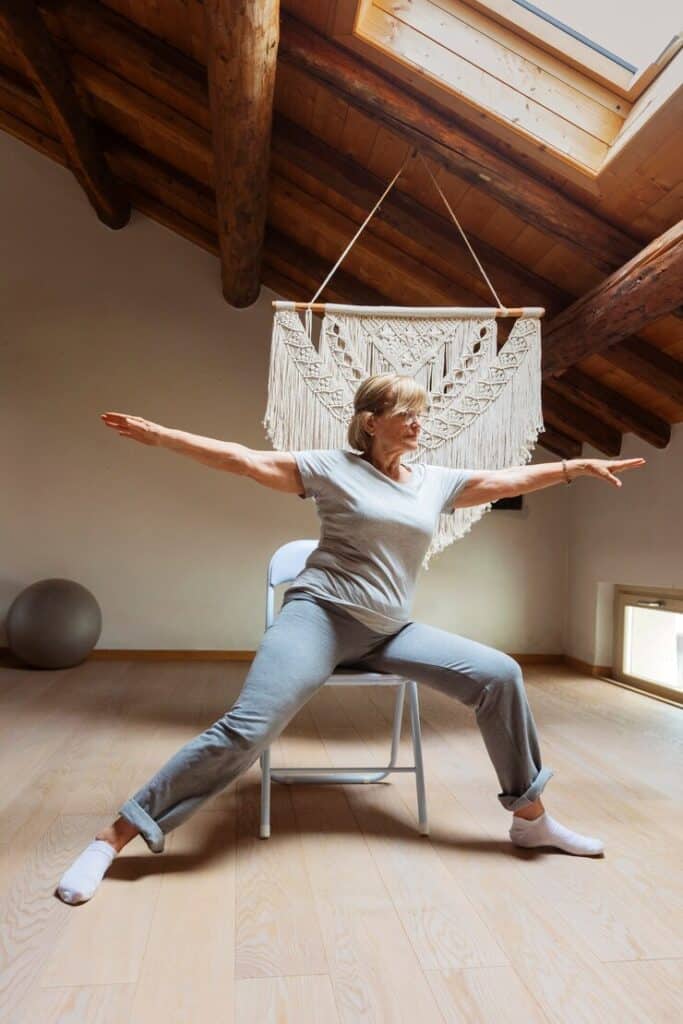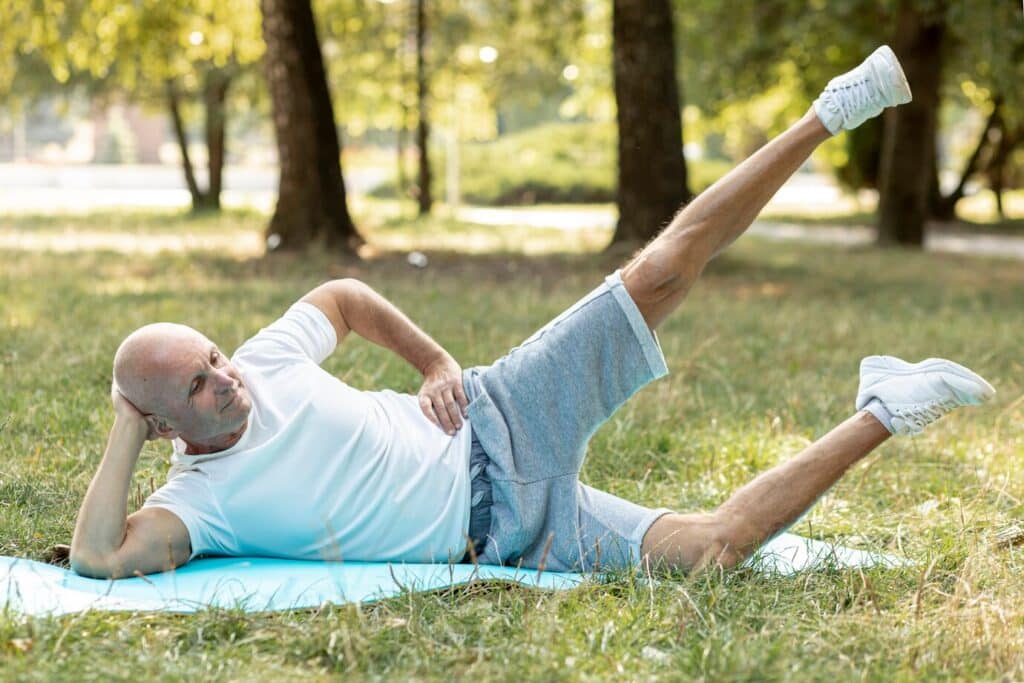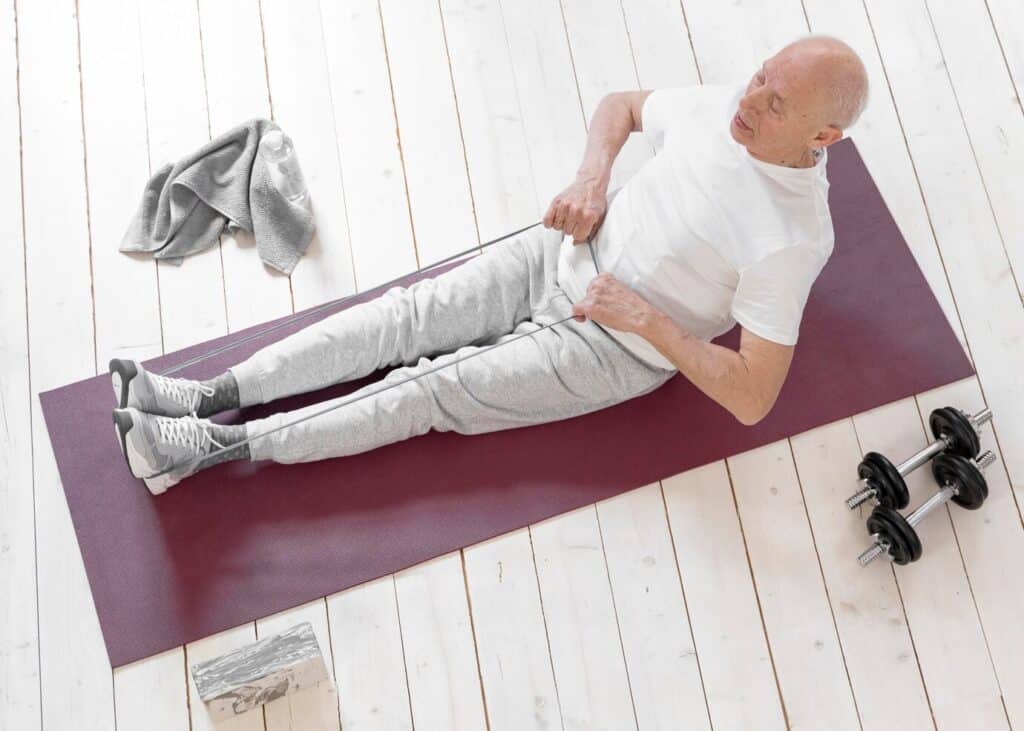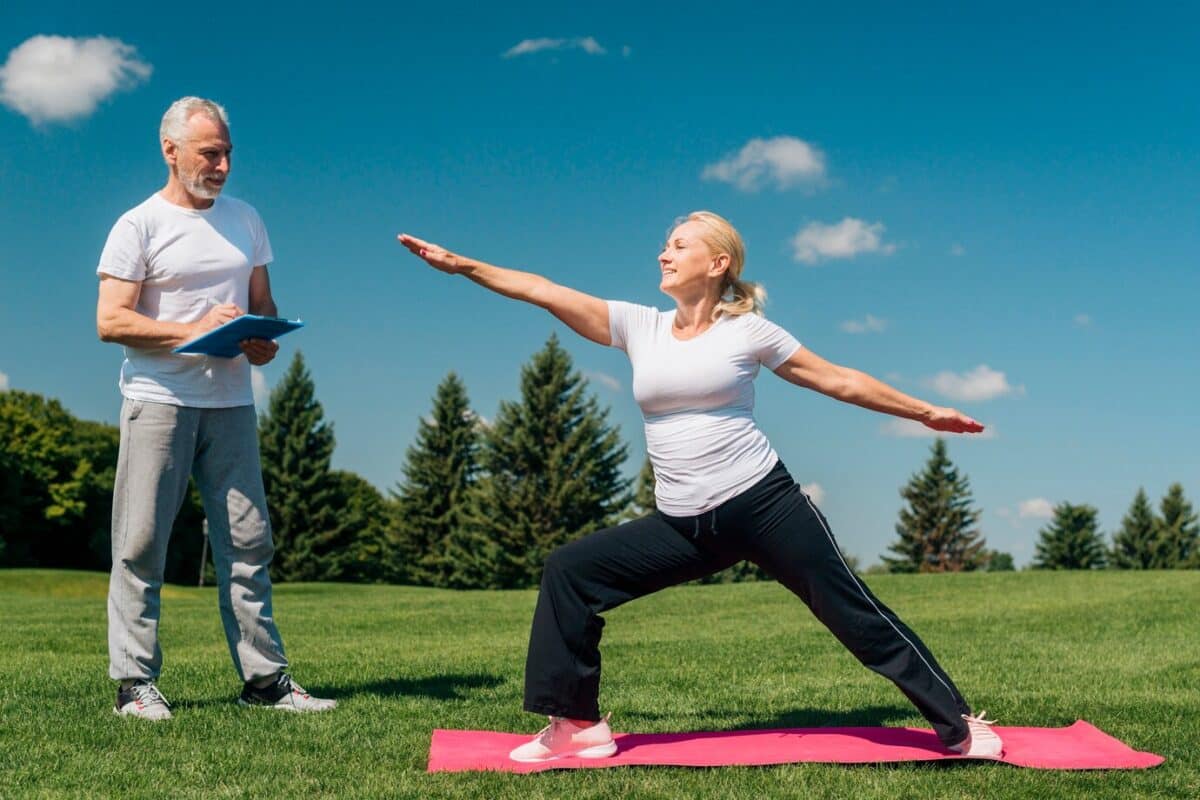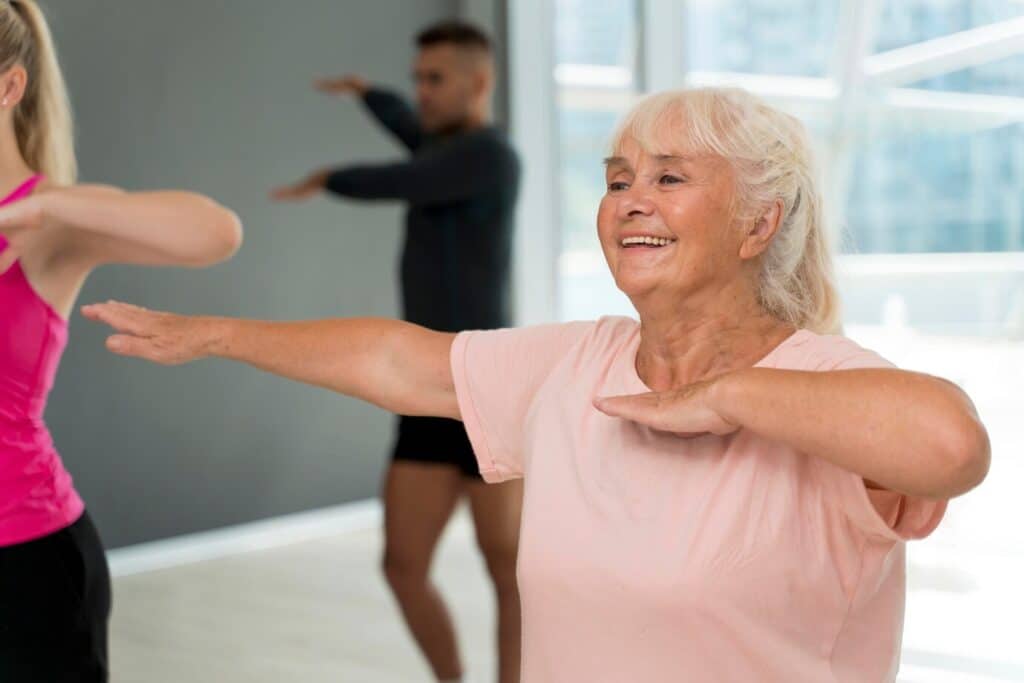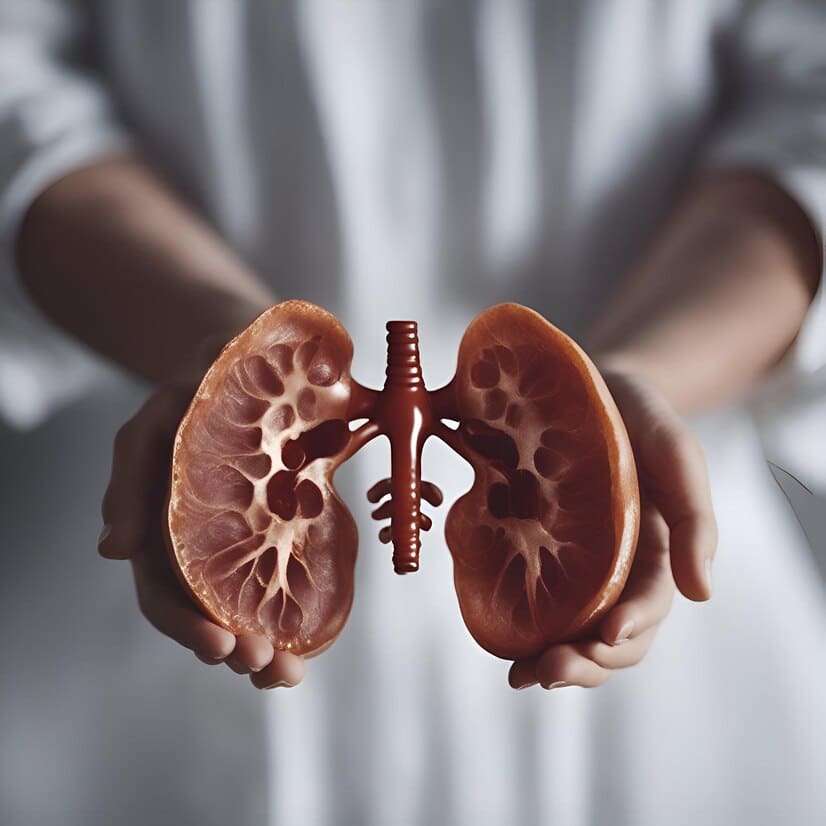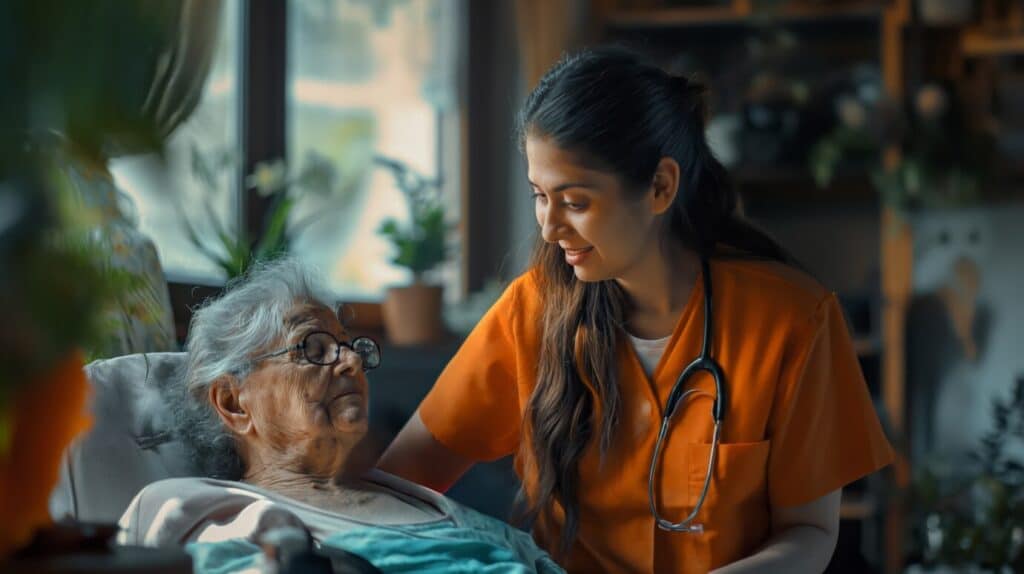8 Surprising Facts About UTI or Kidney Stone Seniors Must Know
Just as we age, our bodies undergo changes that can make us more susceptible to certain health issues. When considering urinary tract infections (UTIs) and kidney stones, seniors face unique challenges that they need to be aware of. In this blog post by Westmont Town Court, we will uncover seven surprising facts about UTI or kidney stone that every senior should know to effectively manage their urological health. From common symptoms to preventative measures, we will investigate into important information that can help seniors stay informed and take control of their well-being.
Key Takeaways:
- UTIs in seniors can present with atypical symptoms such as confusion, agitation, or sudden change in behavior.
- Kidney stones are common in older adults and may cause severe pain in the side and back, as well as blood in the urine.
- Dehydration can increase the risk of UTIs and kidney stones in seniors, so it’s important for them to stay hydrated.
Understanding the Risks
1. Age-Related Changes and Susceptibility
One of the key factors contributing to the increased risk of UTIs and kidney stones in seniors is age-related changes in the urinary tract. As people age, the bladder muscles tend to weaken, leading to incomplete emptying of the bladder. This residual urine can become a breeding ground for bacteria, causing infections. Additionally, the kidneys’ ability to filter waste products from the blood may diminish over time, making seniors more susceptible to kidney stone formation.
2. The Gender Divide: How UTIs and Kidney Stones Affect Men and Women Differently
To understand the impact of UTIs and kidney stones on seniors, it is necessary to recognize the gender differences in presentation and risk factors. While women are more prone to UTIs due to their shorter urethra, men are more likely to develop kidney stones, especially as they age. Men over 60 are at a higher risk due to factors such as an enlarged prostate or a history of certain medical conditions.
Apart from anatomical differences, hormonal imbalances also play a role in the gender divide of UTI or kidney stone. For example, menopause in women can lead to changes in the vaginal flora, making them more susceptible to infections. On the other hand, in men, hormonal changes can affect the concentration of substances in the urine, contributing to kidney stone formation.
Symptoms and Detection
3. Recognizing Early Warning Signs of UTIs
Recognizing the early warning signs of UTIs in seniors is crucial for timely intervention and treatment. Some common symptoms to watch out for include frequent urination, burning sensation during urination, cloudy or strong-smelling urine, and pelvic pain. Additionally, seniors may experience fever, chills, and confusion in more severe cases. It is crucial to consult a healthcare provider at the first sign of these symptoms to prevent complications.
4. Identifying Symptoms of Kidney Stones
For seniors, identifying the symptoms of kidney stones can help in timely diagnosis and management. Symptoms of kidney stones may include severe pain in the back, side, or lower abdomen, blood in urine, nausea, and vomiting. Seniors may also experience frequent urination, painful urination, and fever. If these symptoms are present, seeking medical attention promptly is crucial to prevent complications such as kidney damage.
UTIs are typically caused by bacterial infections in the urinary tract, leading to inflammation and discomfort. Common symptoms of UTIs include a strong and persistent urge to urinate, passing small amounts of urine frequently, and urine that appears cloudy or has a strong odor. Seniors may also experience pelvic pain, fever, and incontinence. Prompt diagnosis and treatment of UTIs are crucial to prevent the spread of infection to the kidneys and avoid complications.

Symptoms of Kidney Stones
Prevention and Management
5. Lifestyle Choices to Reduce Risk
One of the key ways seniors can reduce their risk of developing UTIs or kidney stones is by staying hydrated. Drinking plenty of water helps to flush out bacteria and prevent the formation of kidney stones. Additionally, maintaining good hygiene practices, such as wiping from front to back and regularly changing undergarments, can help prevent the spread of bacteria.
6. Treatment Options and Medical Interventions
Interventions such as antibiotics are commonly prescribed to treat UTIs, while pain medication and fluids may be recommended for kidney stones. In severe cases, surgical interventions may be necessary to remove kidney stones or address complications from UTIs. It is important for seniors to consult with their healthcare provider to determine the most appropriate treatment plan.
Understanding the symptoms of UTIs and kidney stones, such as frequent urination, pain or burning during urination, and blood in the urine, is crucial for early detection and treatment. Seeking prompt medical attention and following the prescribed treatment plan are important for managing UTIs and kidney stones in seniors.

Treatment Options
Myths vs. Facts
7. Debunking Common Misconceptions
Now, let’s set the record straight on some common misconceptions about UTIs and kidney stones in seniors. One of the biggest myths is that these conditions are a normal part of aging. However, the truth is that UTIs and kidney stones are not a natural part of getting older. Seniors may be more susceptible to these conditions due to weakened immune systems or underlying health issues, but they are not an inevitable part of the aging process.
8. Surprising Truths About UTIs and Kidney Stones
Any senior who has experienced a UTI or kidney stone knows how painful and disruptive these conditions can be. Surprisingly, many seniors may not display typical symptoms of these conditions, such as burning sensation during urination or blood in urine. In fact, some seniors may only exhibit vague symptoms like confusion, agitation, or even hallucinations. It is necessary for seniors and their caregivers to be aware of these atypical symptoms to ensure prompt diagnosis and treatment.
For instance, seniors with kidney stones may not always experience severe pain in their side or back. Instead, they may have unexplained nausea or vomiting, frequent urination, or even fever. By recognizing these unexpected symptoms, seniors can receive appropriate medical care and avoid potentially serious complications associated with UTIs and kidney stones.
Conclusion
With these considerations in mind, it is vital for seniors to be well-informed about urinary tract infections (UTIs) and kidney stones. Prevention strategies, such as staying hydrated and maintaining good hygiene, can help reduce the risk of developing these conditions. Additionally, recognizing the symptoms early and seeking prompt medical attention is crucial for effective treatment. By understanding these surprising facts, seniors can take proactive steps to maintain their urinary health and overall well-being.
FAQ
Q: What are the symptoms of UTI or kidney stones in seniors?
A: Seniors may experience symptoms such as frequent urination, pain or burning sensations while urinating, cloudy or foul-smelling urine, blood in the urine, abdominal pain, fever, chills, and nausea. It is important to seek medical attention if any of these symptoms are present.
Q: How can seniors prevent UTIs and kidney stones?
A: Seniors can prevent UTIs and kidney stones by staying hydrated, maintaining good hygiene, practicing safe sex, avoiding holding in urine for long periods, consuming a balanced diet low in oxalates and high in fluids, and regularly visiting a healthcare provider for check-ups.
Q: Can UTIs and kidney stones lead to serious complications in seniors?
A: Yes, if left untreated, UTIs and kidney stones in seniors can lead to serious complications such as kidney damage, sepsis, urinary tract obstructions, and recurrent infections. It is crucial for seniors to seek prompt medical care if they suspect they have a UTI or kidney stone.





